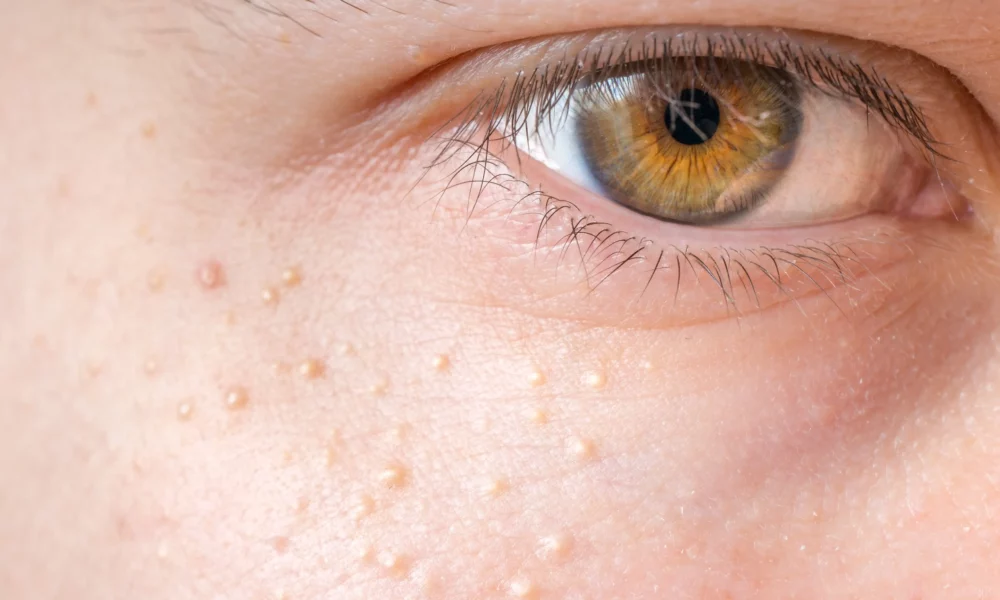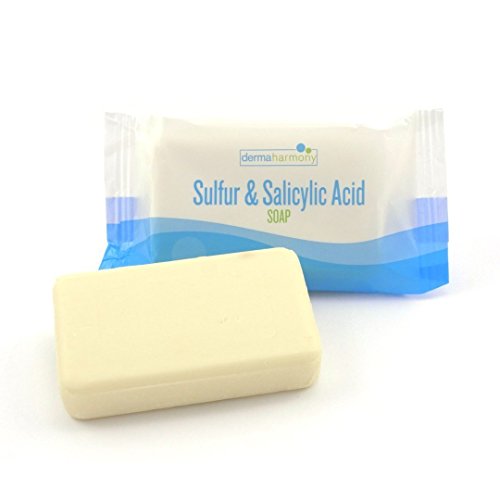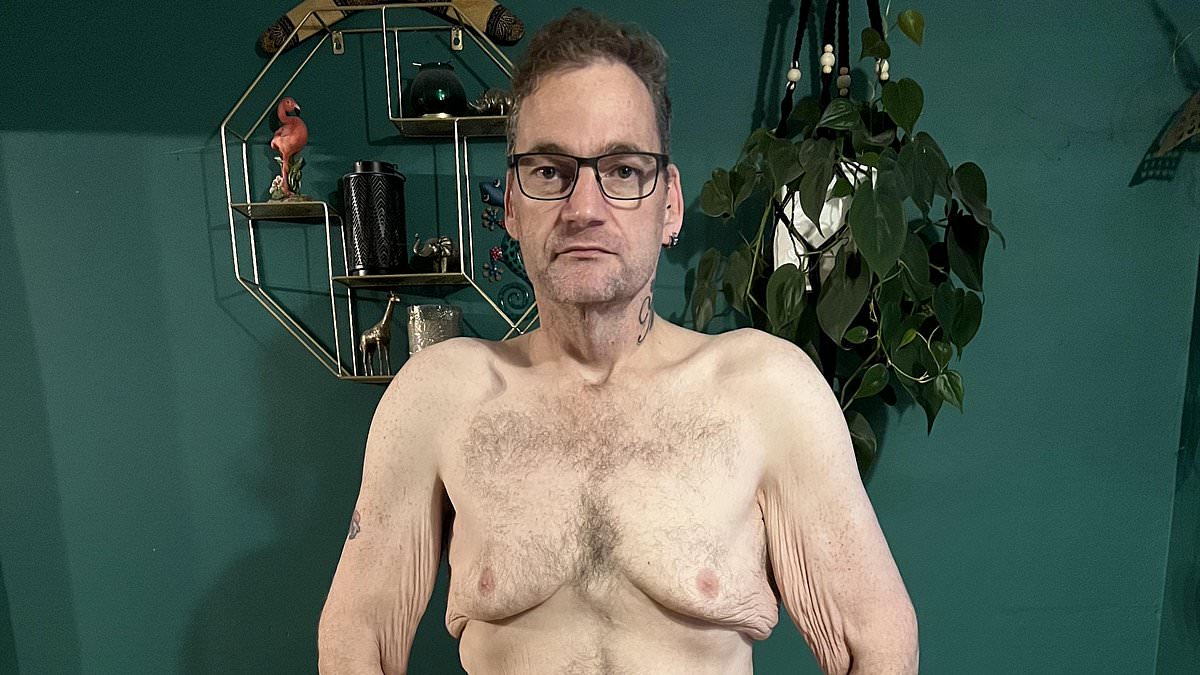Views: 3
Welcome to our blog! Milialar, little white spots on the skin, are our topic today. You should know what milia is and how to treat it, whether you’ve noticed them recently or not.
Milialar may be little, but they can make smooth, clear skin difficult. Do not worry! We’ll cover Milialar causes, symptoms, home therapies, and expert treatments in this post. Let’s begin our healthy, blemish-free skin adventure!
Understanding Milia: Causes and Definition
Milk spots, oil seeds, or Milialar are little white blemishes on the skin. They are frequently around the eyes, nose, cheeks, and forehead. Infants and those with specific skin problems are more likely to develop Milialar.
Milialar cause is unknown, but various variables may contribute. Dead skin cells and sebum (oil) in hair follicles or sweat glands are a prevalent reason. Blockages and small cysts under the skin might result.
Milialar can also result from skin damage like burns or blisters. Medication or skincare products with heavy oils or comedogenic chemicals may also cause Milialar
Except for prolonged irritation, Milialar are harmless and don’t need medical treatment. Understanding their causes might help you prevent them and choose the right skincare products. Let’s examine Milialar kinds next!
Different Types of Milia
Milialar, those small white pimples that erupt suddenly on your skin, can take several forms. While they may all appear same, knowing the different forms of Milialar can help you manage your skincare routine.
- Primary Milialar: Infants and adults have this most frequent Milialar. Dead skin cells trapped beneath the skin generate tiny cysts. These usually heal within weeks or months.
- Secondary Milialar: Burns, blistering conditions, and long-term sun damage cause secondary Milialar. Laser treatments and other cosmetic procedures might cause them.
- Neonatal Milialar: Found on newborns’ noses and cheeks. Undeveloped sweat ducts cause neonatal Milialar, which usually goes away without therapy in a few weeks.
- several Eruptive Milialar: This variety emerges suddenly with several little lumps on the face, arms, and trunk. It may be caused by genetics or porphyria cutanea tarda.
Knowing the different varieties of milia helps you understand your own situation if you have them!
Common Milialar Symptoms
Milk spots— Milialar —are little white or yellowish pimples that occur on the face and other regions of the body. Though harmless, they can be irritating for individuals with them.
What are common Milialar symptoms? Tiny white or yellowish skin lumps are one of the most visible indicators. These bumps are smooth and may mimic pimples or cysts.
Mia rarely produce irritation or redness like acne. They rarely itch or hurt. Squeezing or picking at these obstinate lumps may cause mild irritation in some persons.
Milialar are most common around the eyes, nose, cheeks, forehead, and chin. Newborns are more likely to develop them, but sun exposure and excessive use of oil-based moisturisers and lotions can also cause them in adults.
If these typical white or yellowish lumps on your skin continue despite your best home remedies and good skincare practises, visit a dermatologist for customised treatments.
Treating Milia at Home: Natural Remedies
You may be wondering if natural therapies can treat Milialar. Luckily, you can try numerous solutions at home.
Exfoliation is a common natural Milialar treatment. Scrubbing the afflicted areas with a light exfoliating cleanser or soft washcloth helps remove dead skin cells and clear pores, encouraging Milialar to dissolve.
Retinol or alpha-hydroxy acid topical creams or serums are another alternative. These chemicals increase cell turnover and dissolve Milialar -causing keratin.
Home cures include putting honey or tea tree oil to the Milialar work for some. These substances are antimicrobial and may reduce inflammation and infection.
These natural therapies may work for some, but not all. If your milia worsen, visit a dermatologist for customized treatment.
Natural therapies at home may help treat minor Milialar. Every person’s skin is different, so what works for one may not work for another. Consider consulting a skincare specialist if you’re unclear how to handle your condition. Remember that cleaning and exfoliating regularly helps prevent future outbreaks of this common skin issue.
Professional Severe Case Treatments
DIY treatments for severe Milialar may not work. Professional help is advised in these cases. Dermatologists and skincare specialists can cure intractable Milialar using modern methods.
Professional milia therapy includes extraction. Dermatologists gently remove cysts from the skin using a sterilized needle or scalpel. To avoid scarring or infection, only a skilled specialist should execute this treatment.
In some circumstances, chemical peels may treat milia. The outer layer of skin peels off slowly when a chemical solution is applied. This clears pores and removes milia-causing dead skin.
Serious instances can be treated with laser ablation. Targeted laser light destroys cysts without injuring tissue. Laser treatments are fast and painless, making them appealing for large milia outbreaks.
If your illness is severe, expert treatments may require repeated sessions. Please follow aftercare recommendations after any professional treatment to improve recovery and prevent problems.
A dermatologist or skincare specialist can offer customized solutions for persistent or widespread milia that don’t respond to home therapies.
Tips for Preventing Milia
Milia prevention involves proper skincare. Tips for clear, milia-free skin:
- Use a gentle cleanser twice a day to remove dirt, oil, and makeup. Avoid skin-irritating scrubs and abrasives.
- Gentle exfoliation eliminates dead skin cells that congest pores and create milia. Use a moderate exfoliator with smooth granules or AHAs or BHAs.
- Use non-comedogenic, lightweight moisturisers to avoid congested pores. Skin dryness and milia are reduced by moisturising.
- Avoid sun damage: Use broad-spectrum sunscreen with at least SPF 30 every day, especially on cloudy days or in winter when UV rays are strong. Sunlight can cause milia.
- Avoid heavy skincare products: Creams, serums, and oils can block pores and create milia. Choose lighter, skin-type-specific formulations.
- Buy makeup “oil-free” or “non-acnegenic.” Remove makeup before bed to avoid evening residue.
- Avoid these drugs: Topicals with steroids or strong retinoids may thicken the skin’s outer layer, increasing milia risk.
Avoiding milia demands preventive! Regularly using these skincare methods will keep your skin smooth and milia-free.
Conclusion: Milia Treatment and Prevention Require Skin Care
Milia treatment and prevention involve skin care. To prevent milia and get better skin, learn its causes, symptoms, and types.
Mild cleanses and alpha hydroxy acid solutions exfoliate dead skin and unclog pores. Skin can rejuvenate with a balanced diet of vitamins A, C, E, and antioxidants.
Ineffective home cures or severe milia require professional treatment. Dermatologists can safely remove milia with extraction or chemical peels.
Wash and moisturise regularly to avoid milia. Replace pore-clogging lotions and oils with non-comedogenic ones.
Finally, use sunscreen with at least 30 SPF daily to avoid sunburn.
All skin is different, but these methods can help manage milia breakouts. Consult a dermatologist for specific advice on treating milialar or its health implications!











